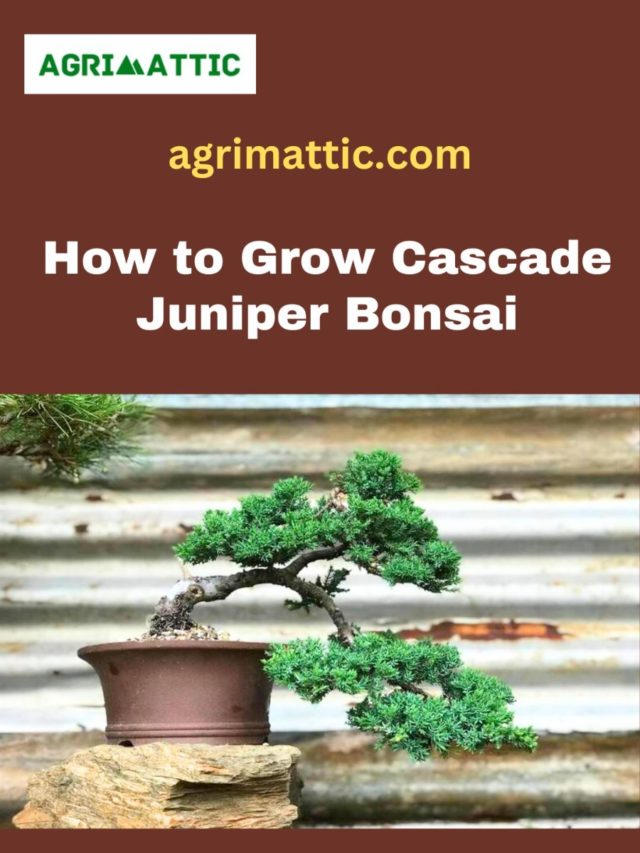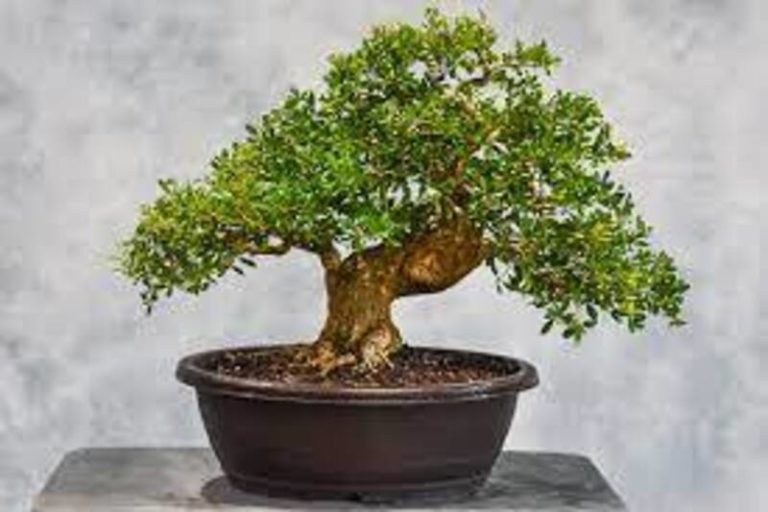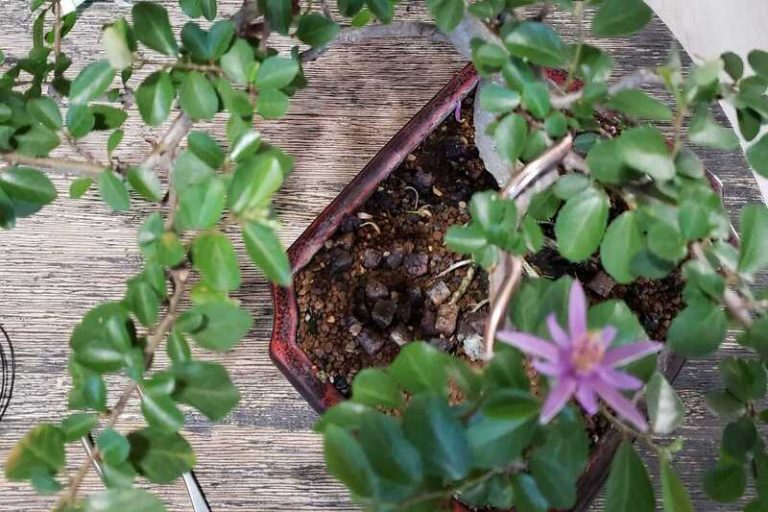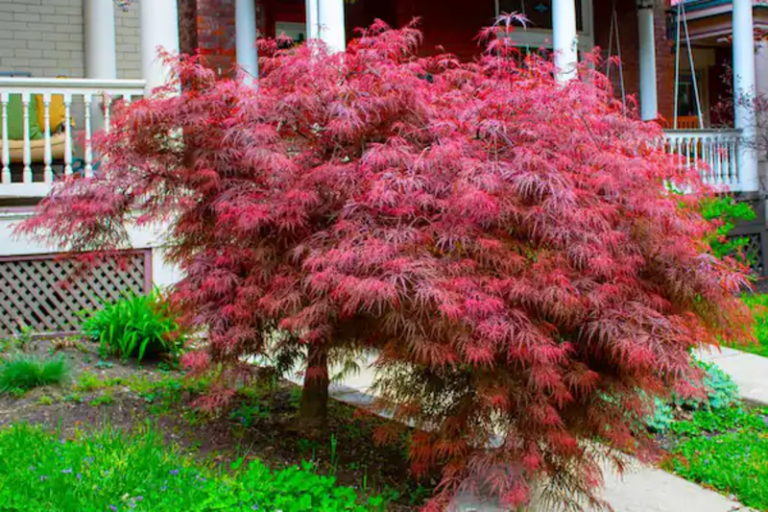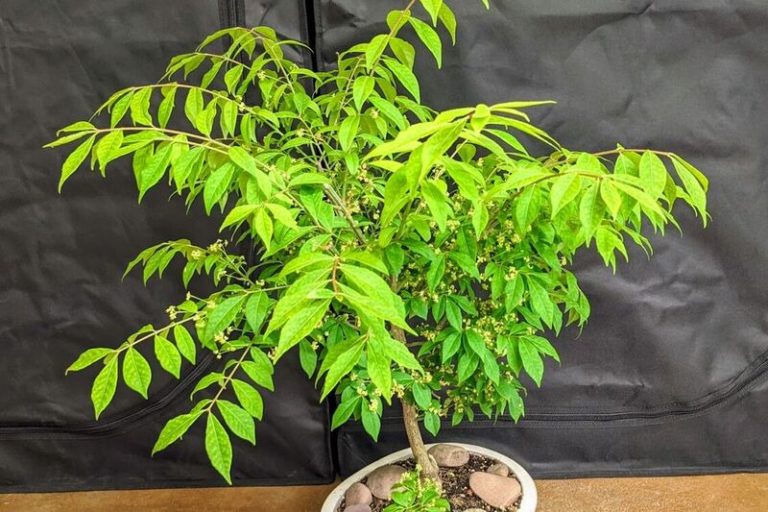Cascade Juniper Bonsai: A Unique and Timeless Gift for Nature Enthusiasts and Gardeners
Cascade juniper bonsai is a type of small tree that has a unique cascading form. The art of bonsai has been around for centuries and involves growing and shaping trees to miniature size.
What is Cascade Juniper Bonsai
Bonsai cascade juniper is a small tree that has been trained and pruned to have a cascading form, giving it a unique and elegant appearance. The bonsai cascade juniper is typically made from the Juniperus chinensis species, which has small needle-like leaves and is easy to care for.
This form of bonsai is distinguished by its branches that cascade downward like a waterfall or cliff. The method of training and sculpting the tree into this shape requires meticulous pruning, wiring, and gradual branch bending. A stunning and eye-catching little tree that can be exhibited in a pot or tray in your house or yard.
Types of Cascade Juniper Bonsai
There are several types of cascade juniper bonsai, each with its own unique characteristics and style. Here are some of the most common types of cascade juniper bonsai:
- Full Cascade: This style features branches that cascade all the way to the ground, giving the tree a dramatic and flowing appearance.
- Semi-Cascade: In this style, the branches cascade downward but do not touch the ground. This style gives the tree a more restrained and controlled appearance.
- Kengai: Kengai is a Japanese word for a cascade bonsai with long branches that reach almost to the ground and hang down far below the pot. This style is more dramatic than the full cascade and can create a sense of movement and flow.
- Han-kengai: This style is similar to the Kengai, but the branches do not extend quite as far below the pot. This style creates a sense of balance and harmony between the tree and the pot.
- Ikadabuki: This design is characterized by a single branch that cascades from the tree’s crown, giving it a distinctive and spectacular appearance.
Each of these styles of cascade juniper bonsai needs to be trained and trimmed carefully to get the right shape. With the right care and attention, any of these styles can create a stunning and unique addition to your home or garden.
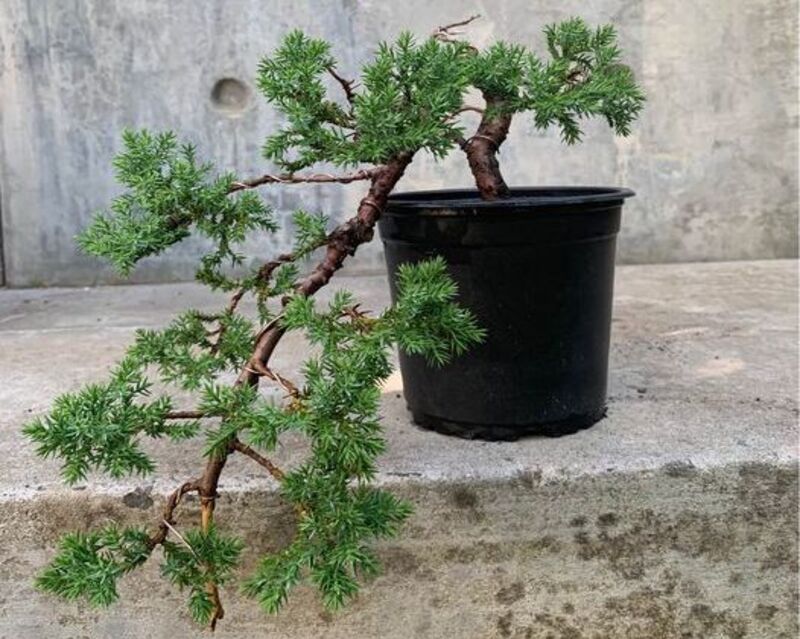
Characteristics of Cascade Juniper Bonsai
Cascade juniper bonsai is a popular option among bonsai enthusiasts due to a number of distinguishing characteristics. Here are a some of the most distinguishing features of cascade juniper bonsai:
Cascading branches: The branches of a cascade juniper bonsai flow down toward the ground, which is what makes it stand out. This gives the tree a sense of movement and grace that is highly valued in bonsai.
Small needle-like leaves: Juniperus chinensis, the species commonly used for cascade juniper bonsai, has small needle-like leaves that are ideal for creating a delicate and intricate bonsai tree.
Drought-tolerant: Juniper is a hardy species that can handle drought and dry conditions. This makes it a good choice for bonsai lovers because it requires little care.
Evergreen: The Cascade juniper bonsai is an evergreen tree, which means that it keeps its leaves all year long. This gives it a nice, consistent look.
Resilient: Juniper bonsai is known for being strong and able to bounce back quickly after being pruned or stressed in other ways. This makes it an excellent choice for beginner bonsai growers.
Easy to shape: Juniper bonsai are easy to shape and move around with techniques like wiring and pruning, which opens up a lot of creative options.
Bonsai created from Cascade juniper are a stunning and distinctive addition to any house or garden. It is also a favorite among bonsai aficionados of all skill levels because to its numerous desirable traits.
How to Grow Cascade Juniper Bonsai
Growing cascade juniper bonsai requires a combination of proper care and skillful training. Here are some general steps to follow to help grow a healthy and beautiful cascade juniper bonsai:
- Choose the right tree: Select a healthy juniper tree with a strong trunk and a good root system. The tree should have a well-balanced shape and be free from disease or pests.
- Potting: Select a shallow container with adequate drainage holes and fill it with a bonsai soil mixture that drains well. Put the tree in the center of the container and pour dirt around the roots, removing any air pockets.
- Watering: Regularly water the tree, taking care not to overwater or immerse it. The soil must be damp, but not saturated or soggy. Before watering again, it’s vital to let the soil to somewhat dry out.
- Fertilizing: Fertilize the tree regularly using a balanced, slow-release fertilizer. This will provide the tree with the nutrients it needs to grow strong and healthy.
- Pruning: Frequent trimming is required to preserve the tree’s form and promote new development. Remove any sick or decaying branches, and prune those that have grown too long.
- Wiring: Wiring is needed to shape the tree’s branches and make them fall the way you want. Be careful not to apply too much pressure to the branches, as this can damage or break them.
- Repotting: Repot the tree every two to three years to refresh the soil and prevent the roots from becoming too crowded.
- Displaying: Put the tree in a bright but indirect light on a suitable display stand or tray that shows off its cascading shape.
With proper care and training, a cascade juniper bonsai can thrive and bring joy and beauty to your home or garden for years to come.
Benefits of Cascade Juniper Bonsai
Cascade juniper bonsai offers several benefits beyond its aesthetic appeal. Here are some of the most notable benefits of growing cascade juniper bonsai:
Reduces stress: Growing bonsai is a relaxing and meditative hobby that can help reduce stress and anxiety. Caring for and nurturing a living organism can be a fulfilling and rewarding experience.
Improves air quality: Like all plants, cascade juniper bonsai helps to purify the air by removing harmful toxins and pollutants.
Encourages mindfulness: Growing and caring for a bonsai tree takes patience, attention to detail, and the ability to be present in the moment.This can help improve focus and concentration.
Enhances décor: Cascade juniper bonsai add a unique and elegant touch to any home or garden, enhancing the décor and creating a peaceful and serene atmosphere.
Low-maintenance: Juniper bonsai is a hardy species that requires minimal maintenance and care, making it an ideal choice for busy or first-time growers.
Encourages creativity: There are many ways to be creative with bonsai, from shaping the shape of the tree to choosing the pot and display stand.
In addition to these advantages, a cascade juniper bonsai can be a thoughtful and meaningful gift for a loved one because it represents peace, harmony, and growth.
How to Care and Maintain Cascade Juniper Bonsai
A cascade juniper bonsai needs regular care and attention to detail in order to stay healthy. Here are some general tips to help you care for your cascade juniper bonsai:
- Watering: Water the bonsai regularly, but be careful not to overwater or submerge it. Allow the soil to dry out slightly between waterings, and avoid getting water on the foliage as this can lead to fungal diseases.
- Fertilizing: Apply a balanced, slow-release fertilizer to the bonsai during the growing season, which is usually from spring to fall. Avoid fertilizing during the dormant winter months.
- Pruning: Prune the bonsai regularly to maintain its shape and encourage new growth. Use sharp pruning shears and trim back any dead or diseased branches, as well as any branches that are growing too long.
- Wiring: Use wire to shape the bonsai’s branches into the form you want, such as a cascade. Be careful not to apply too much pressure to the branches, as this can cause damage.
- Repotting: Every two to three years, repot the bonsai to renew the soil and prevent the roots from getting overcrowded. Before repotting, use a well-draining bonsai soil mixture and cut the roots.
- Placement: Place the bonsai in bright, indirect light, away from direct sunlight or drafts. Rotate the bonsai regularly to ensure even growth and light exposure.
- Pests and diseases: Check the bonsai regularly for pests such as spider mites, scale insects, or mealybugs. Treat any infestations immediately with an appropriate insecticide. Additionally, watch for signs of fungal diseases such as root rot or powdery mildew, and take steps to prevent and treat them.
Cascade Juniper Bonsai Care Sheet
| Aspect | Care tips |
|---|---|
| Watering | When soil is dry, water gently. Avoid overwatering. |
| Fertilizing | Use a balanced, water-soluble fertilizer every 2-4 weeks during the growth season. Avoid fertilizing in winter or dormancy. |
| Pruning | Use sharp, clean shears to prune regularly. Avoid winter trimming. |
| Wiring | Use 1/3-thick bonsai wire to shape branches in spring or summer. Avoid breaking branches or bark. |
| Repotting | Spring repotting with well-draining bonsai soil every 2-3 years. Trim dead and damaged roots by 1/3 to 1/2. Water well after repotting. |
| Placement | Put in a sunny, well-ventilated area. Avoid direct sunshine and drafts. |
| Pests and diseases | Spider mites, scale insects, and mealybugs are pests. insecticidal soap or horticultural oil. Watering, fertilizing, and trimming prevent illnesses. |
By taking care of and maintaining your cascade juniper bonsai the right way, you can help it grow and stay healthy for years to come.
Conclusion:
Cascade juniper bonsai are a beautiful and unique addition to any home or garden. With proper care and training, it can thrive and bring joy for years to come. The art of bonsai requires patience and dedication, but the rewards are worth it.
FAQ:
Q: What is Cascade Juniper Bonsai?
A: Cascade juniper bonsai is a type of bonsai tree that features a cascading form and is created by using wire to shape the branches.
Q: How often should I water my cascade juniper bonsai?
A: Water your cascade juniper bonsai regularly, but be careful not to overwater or underwater. Allow the soil to dry out slightly between watering.
Q: Can I keep my cascade juniper bonsai indoors?
A: Yes, cascade juniper bonsai can be kept indoors, but it should be placed in a bright, indirect light and away from drafts.
Q: How do I shape my cascade juniper bonsai?
A: Use wire to shape the branches of your cascade juniper bonsai, being careful not to apply too much pressure to avoid causing damage.
Q: How often should I fertilize my cascade juniper bonsai?
A: Apply a balanced, slow-release fertilizer to your cascade juniper bonsai during the growing season, usually from spring to fall. Avoid fertilizing during the dormant winter months.
Q: How do I prune my cascade juniper bonsai?
A: Prune your cascade juniper bonsai regularly to maintain its shape and encourage new growth. Use sharp pruning shears and trim back any dead or diseased branches, as well as any branches that are growing too long.
Q: How often should I repot my cascade juniper bonsai?
A: Repot your cascade juniper bonsai every two to three years to refresh the soil and prevent the roots from becoming too crowded. Trim the roots before repotting.
Q: What are some common pests and diseases that can affect cascade juniper bonsai?
A: Pests like spider mites, scale insects, and mealybugs can infest Cascade juniper bonsai. Observe for indicators of fungal diseases like as root rot and powdery mildew, and take preventative and curative measures against them.
Also Read:
Bonsai Norfolk Island Pine: A Low-Maintenance and Stylish Plant for Your Home or Office


